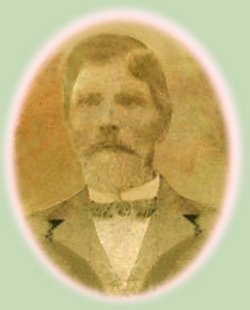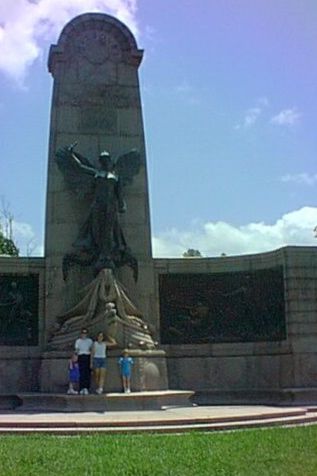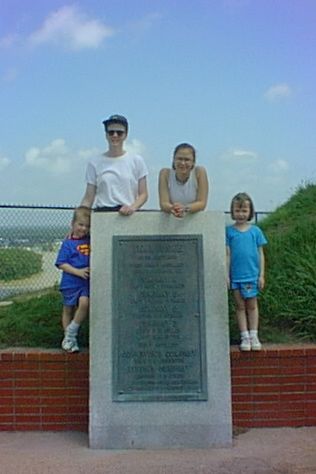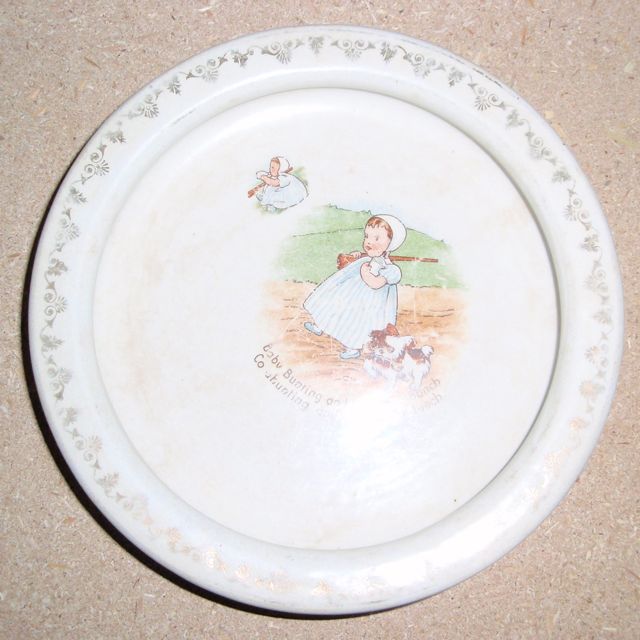I like research. I think it’s fun to ferret out information, and often learn fascinating new facts in the process. Someone just has to say “I’ve always wanted to know . . .” or “I’ve always wondered . . .” to make me itch to find out.
So when a friend asked in passing why Jefferson City’s Highway 50 expressway is named after Rex Whitton, my curiosity was piqued. This is what I discovered:
Rex Whitton is a Missouri boy done good. Born in Jackson County and educated at the University of Missouri, Whitton worked for the Missouri Highway Department for more than forty years beginning in 1920, working his way up from levelman to chief engineer. The Highway 50 Expressway project through Jefferson City was planned and engineered while he served as chief engineer.
In 1955, Whitton became president of the American Association of State Highway Officers. In that capacity, he lobbied for creation of the Federal Interstate Highway System. On June 29, 1956, President Dwight D. Eisenhower signed the Federal-Aid Highway Act of 1956. Under Whitton’s leadership, Missouri became the first state to award a contract using the new interstate construction funding for work on US Route 66 (now I-44) in Laclede County.
In January 1961, Whitton was appointed as Federal Transportation Administrator, and on August 18 of that year, the $7.6 million Highway 50 Expressway project through Jefferson City was dedicated. A 100-car motorcade delivered state and local dignitaries to the stretch between Madison and Monroe Streets, where Jefferson City Mayor Forrest C. Whaley presented Whitton with a city resolution naming the expressway in his honor, and local restauranteur John Adcock bestowed Whitton with the grand champion Cole County ham.
Although the expressway was not part of the interstate highway system, Whitton seized the opportunity to explain that the interstate and defense highway system was designed to meet the traffic needs of 1975. Furthermore, under the recently enacted Federal-Aid Highway Act of 1961 (Whitton received one of the pens President Kennedy used to sign it into law), all 41,000 miles of the interstate system would be open to the traveling public by 1972.
“It has always struck me as ironic,” Whitton stated in his address, “that so many of our citizens—so ingenious in quickly devising ways of ending almost every minor irritant—would so readily tolerate every morning and evening, the incredible congestion of our antiquated highways that takes a heavy toll in automotive costs and depreciation, to say nothing of human nerves and temper.”
Congestion—along with funding and safety—was one of the key issues that Whitton addressed during his six-year tenure as Federal Transportation Administrator. Whitton spent his retirement years farming and consulting in the Kansas City area, where he died in 1981.
That’s the main story. Sure enough, I also dug up some fascinating facts along the way. For example, did you know that our expressway utilized the first radar-controlled traffic signals in Missouri?
Another benefit of this research project is that I learned how to use the microfiche reader at the Missouri River Regional Library. The reference librarian handed me the correct reel, instructed me on the use of the reader, and turned me loose. Once I got used to the dizzying sensation of seeing the pages fly by on the screen, I relaxed and enjoyed the ride.
The August 17, 1961 edition of the Jefferson City Post-Tribune featured an extensive spread dedicated to the expressway’s opening. I was disappointed that a black smudge obscured the part of an article that told how long the expressway project was, but learned that it ran from the West End Fire Station to the Moreau River. (Note: I’ve since learned that the expressway spans six miles.)
My favorite image is this huge construction drill. You just don’t see captions like this nowadays:

And I admit to getting a chuckle from the champion Cole County ham. Though at the time I’m sure it was given solely as a token of appreciation, half a century later I see some irony in presenting a highway project administrator a gift of pork.
__________
Sources:
- Rex Whitton – the Man from Missouri and “Well Done, Mr. Whitton” by Thomas D. Larson. US Department of Transportation, Federal Highway Administration, Highway History
- Jefferson City Post-Tribune, August 17, 1961







